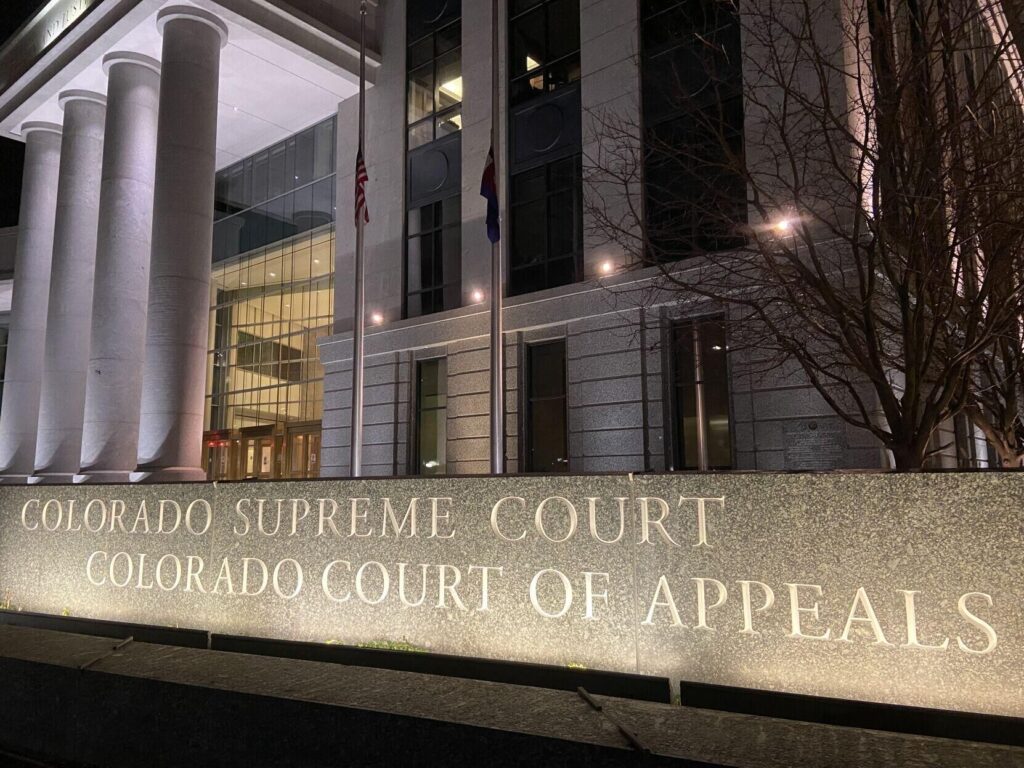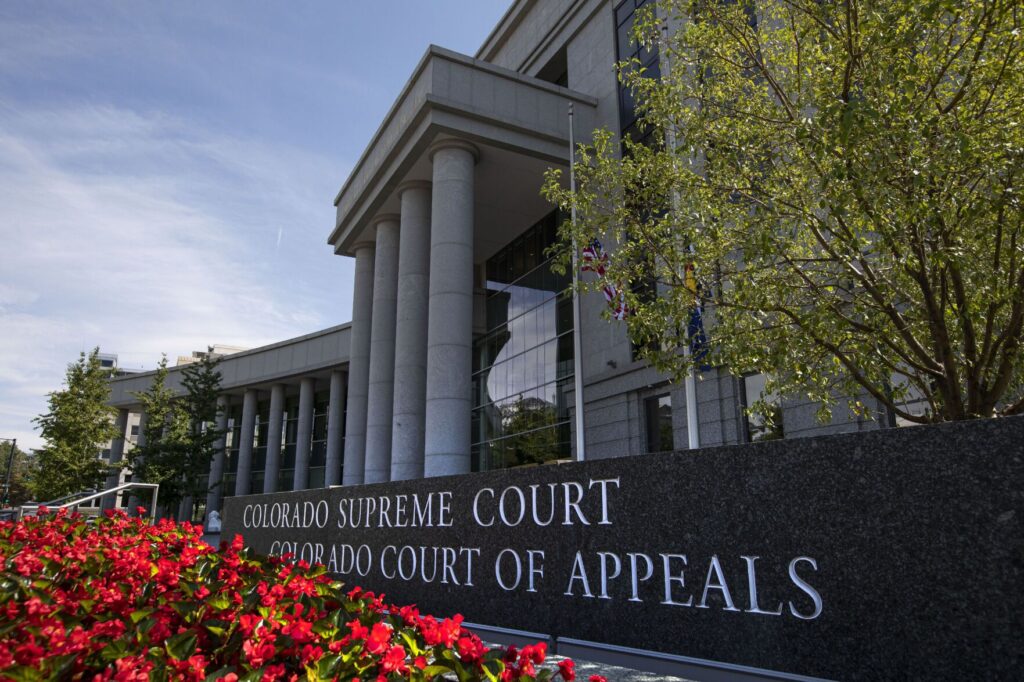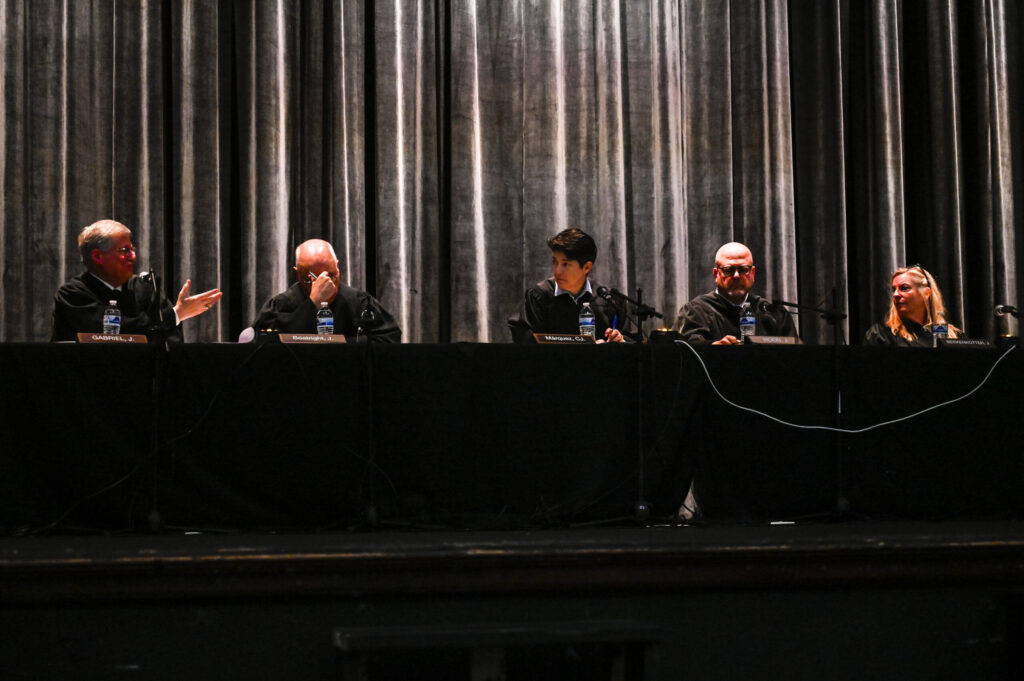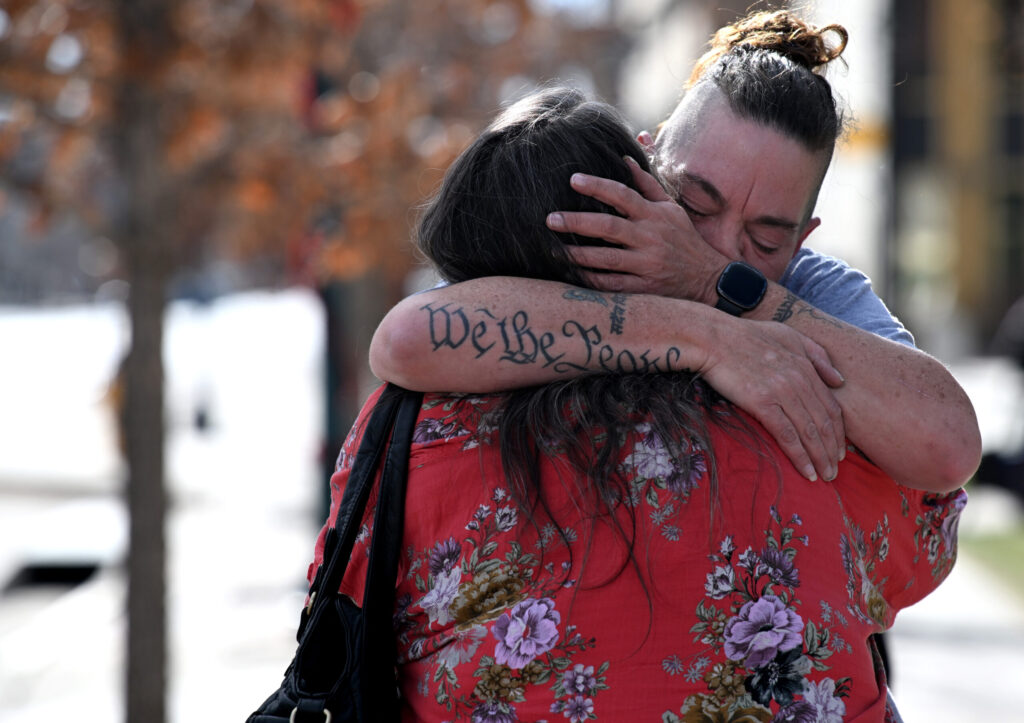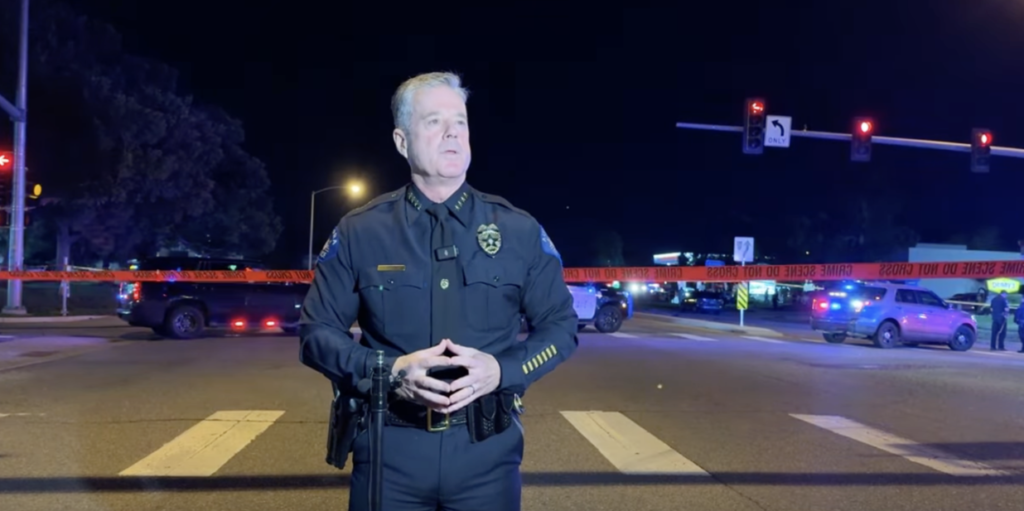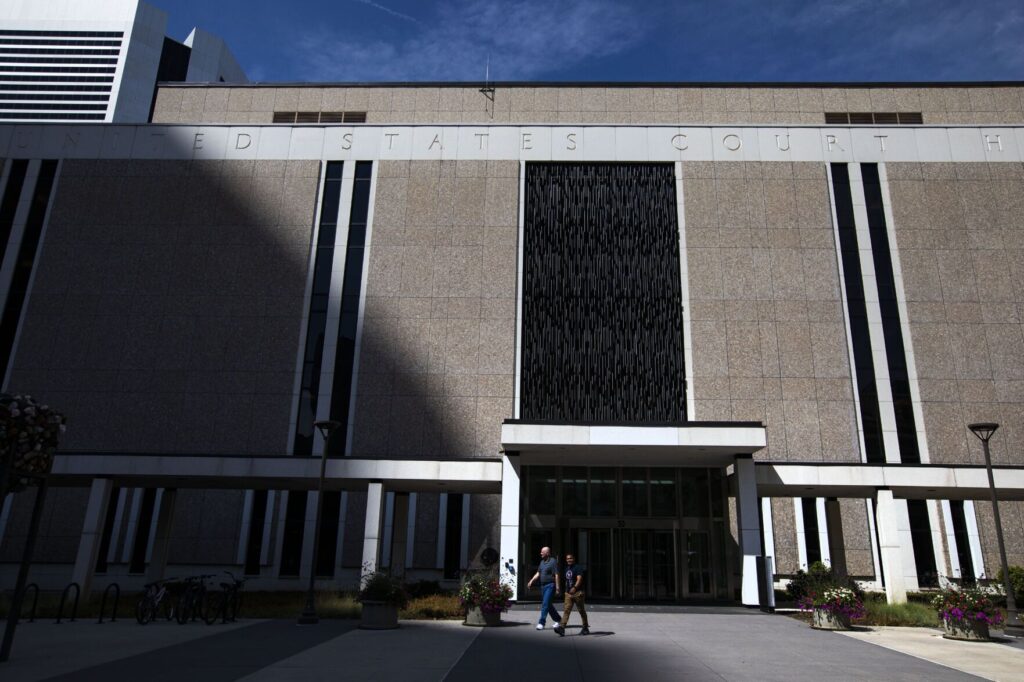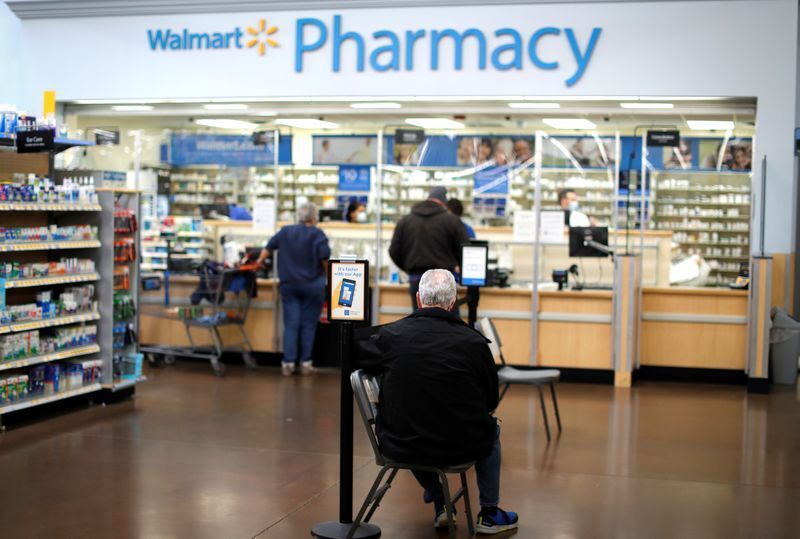10th Circuit rules COVID access restrictions constitutional in criminal trial
The Denver-based federal appeals court decided on Tuesday that the drastic restrictions on courtroom access during the ongoing COVID-19 pandemic did not violate a convicted defendant’s constitutional right to a public trial.
A three-judge panel for the U.S. Court of Appeals for the 10th Circuit also rejected the argument that the trial court’s method of summoning jurors resulted in an impermissible underrepresentation of Black and Hispanic people in the jury pool.
Bruce Holder’s jury trial in April 2021 was the first in Colorado’s federal trial court since the onset of the COVID-19 pandemic a year earlier. On appeal, he disputed the constitutionality of what the court did to accommodate the public: Allow an audio-only line, not advertised on the website, and only permit two people connected to the victim to attend in person.
Judge Timothy M. Tymkovich, in the panel’s April 22 opinion, wrote that such protocols were reasonable under the circumstances and did not violate Holder’s Sixth Amendment right to a public trial.
“(N)othing requires a court to advertise the date, time, and location of a trial. The district court provided the dial-in number to the parties to disseminate,” he wrote, and “the number was available if the public called the clerk’s office.”
Holder was indicted in 2018 on four counts related to a large-scale drug distribution conspiracy out of Grand Junction. Jurors later convicted him and he received a sentence of life in prison, owing to the overdose death of a victim.
Holder’s original trial in March 2020, scheduled for the same day the president declared a national emergency over COVID-19, did not go forward. A month later, U.S. District Court Senior Judge Marcia S. Krieger acknowledged any trial happening during the pandemic would require spectators to be excluded. As for audio and video streaming, “we do not have a setup for it.”
In the summer of 2020, the chief judge issued protocols for conducting jury trials during the pandemic. Because the entire seating area of the largest courtroom in Denver would be occupied by jurors, an audio link “will be provided” for the public to listen.
Holder’s trial began the following April, with pandemic protocols still in place. The only non-participants who were allowed in the courtroom were two people connected to the victim, who began attending after jury selection was finished.
On the fifth day of the eight-day trial, the defense objected that the public was not able to view the trial “either in person or via video.” Holder’s attorney also was concerned about “the lack of access to the call-in number.”
Staff for U.S. District Court Senior Judge Christine M. Arguello, who had taken over the case, said the lawyers had the telephone number “and they, in turn, should provide it to those who are requesting to get access to the public line.”
After his conviction, Holder moved for a new trial. He cited the U.S. Supreme Court’s 1984 ruling in Waller v. Georgia, which directed trial judges to consider specific factors when deciding whether to close a courtroom to one or more people. Unless justified, a violation of the right to a public trial triggers automatic reversal of a defendant’s convictions.
Arguello decided the COVID-19 pandemic justified the exclusion of the public, and the restrictions were “no broader than necessary to protect the health and safety of trial participants within the confines of the courtroom.”
On appeal, Holder argued it was Arguello’s obligation to ensure public access by advertising the call-in number, not his.
“Holder never agreed to limiting public access to his trial to only those people the defense could personally share the call-in information with,” wrote attorney Ann Marie Taliaferro.
“Under the policy, could I have called the clerk’s office and said, ‘I want to attend this trial?’ And the clerk would’ve said, ‘No but you can listen in. Here’s the number?'” asked Tymkovich during oral arguments. “I mean, it takes some affirmative work, but could that have happened?”
Assistant U.S. Attorney Kyle Brenton likened those logistics to “the same kind of work you would have to do to walk into the court and go look at the calendar on the outside of the courtroom.”
Ultimately, the panel agreed the courtroom closure was only partial because two members of the public did attend. Further, it was justified.
Tymkovich cited another 10th Circuit decision from September 2023 which upheld a New Mexico trial judge’s closure of her courtroom — albeit with the call-in number posted online and a video feed eventually provided. That decision was 2-1, with Judge Veronica S. Rossman believing the initial audio-only stream violated the public trial guarantee.
Holder also argued the district court’s method of summoning jurors violated his constitutional right to have a jury representing a “fair-cross section of the community.” Specifically, Holder alleged the summoning of only active voters — meaning those who automatically receive mail ballots — resulted in significantly lower Black and Hispanic participation in the jury pool.
Tymkovich wrote that the “absolute disparity” was reasonable for both groups. For the Denver courthouse, the overall region had a Black population of 4.1% and a 15.6% Hispanic population. The pool of potential jurors, meanwhile, was 2.7% Black and 13% Hispanic.
“But this does not show systematic exclusion, especially when the disparity numbers do not show an extreme departure,” wrote Tymkovich.
The case is United States v. Holder.




